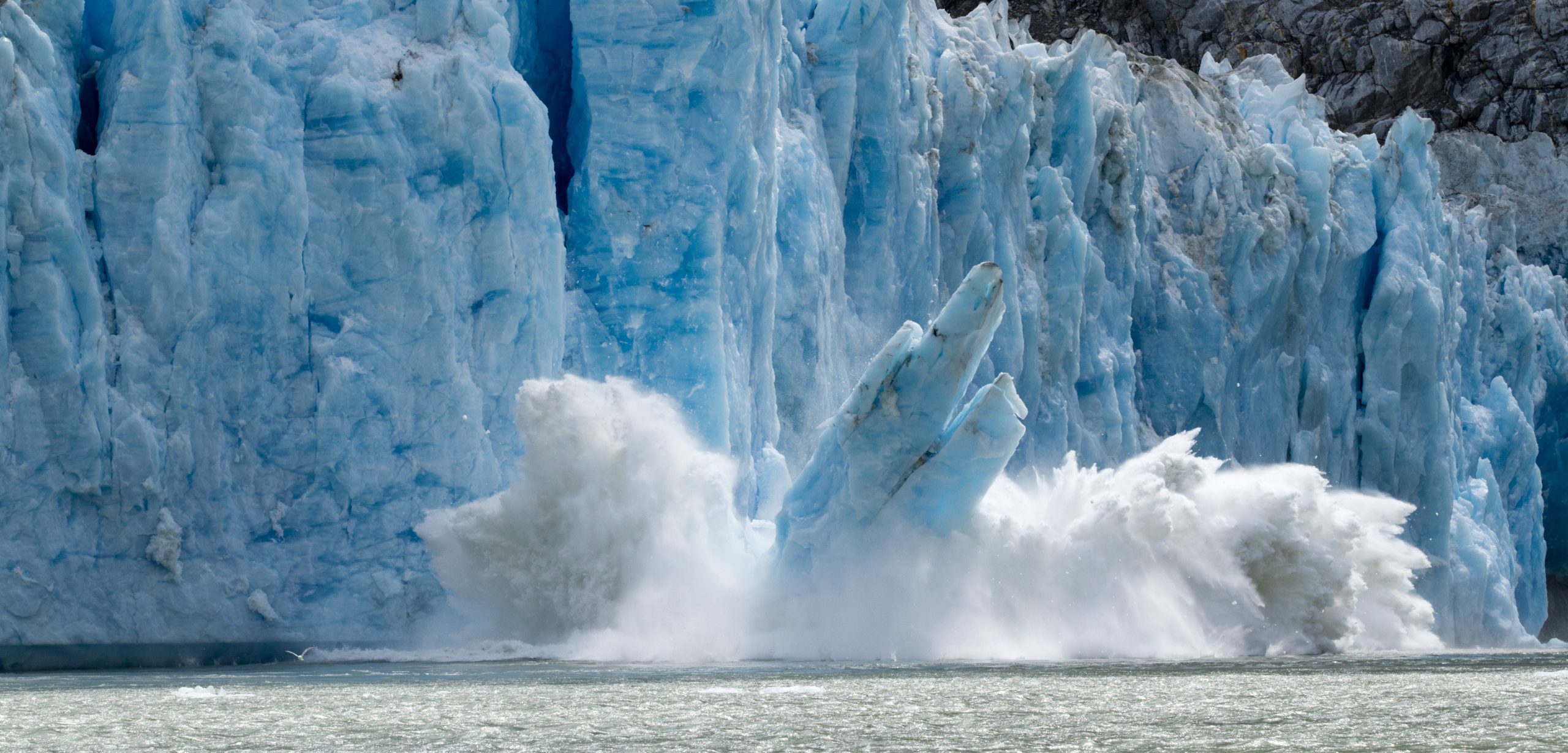Sea Level Rise is Picking Up the Pace
What slowdown? New research says sea level rise is speeding up.
Article body copy
For much of the past decade it looked like sea level rise was slowing down. A mysterious anomaly—perhaps due to an apparent lull in global warming—had made the rate of sea level rise drop. This slowdown was a puzzle because, if anything, dramatic recent melting of the massive ice sheets of Greenland and West Antarctica should have made the rate of sea level rise climb. Yet a pair of new studies shows that the calculated slowdown wasn’t real. According to this new work, sea level rise isn’t slowing down at all—in fact, it’s accelerating.
Global warming causes ice to melt and water to expand. As such, how much sea levels rise or fall depends strongly on global temperatures, as well as the flow of water between land and sea. Over the past century and a bit, the global average sea level has been ticking upward.
Measurements made since 1900 suggest that the global average sea level has risen at a rate of 1.7 millimeters per year, picking up the pace to 1.9 millimeters per year since 1961. Satellite observations since 1993 showed yet another increase in the rate of sea level rise, with the global average rate climbing to about 3.2 millimeters per year.
Strangely, estimates for the past decade suggested that the accelerating rate of sea level rise had stalled out. Based on these observations, some climate deniers took the chance to argue that fears over rising seas are overblown.
Now, two independent studies dispel this apparent slowdown.
In one study, researchers used GPS measurements to show how the Earth’s surface rose and fell over the past two decades. They also analyzed data from a worldwide network of tide gauges. Together, this data corrected inaccuracies in satellite-derived calculations of sea level.
On the one hand, these findings suggest that the overall rate of global average sea level rise over the past two decades was actually lower than previously thought, at only about 2.6 to 2.9 millimeters per year instead of 3.2. However, these corrections also made the anomalous slowdown in the past decade disappear.
In the other study, a separate team of scientists noted that global average sea levels recently experienced the greatest year-to-year fluctuations that satellites have ever seen: plunging 7.9 millimeters from the start of 2010 to the start of 2011, rising 11.6 millimeters through the end of 2012, and then dropping 4.4 millimeters in the six months that followed.
These radical shifts were due to the strong La Niña spanning 2010 and 2011, which led to heavy rains in Australia, northern South America, and Southeast Asia. The sea level temporarily dropped as the rains fell overland, and soared as the water flowed back to the oceans. But behind the seasonal ups and downs, the researchers found that the global average sea level has been rising at a rate of about 4.4 millimeters annually for more than three years.
The rate of sea level rise is “now accelerating even faster,” said geodesist Wenke Sun with the Key Laboratory of Computational Geodynamics in Beijing, who worked on the La Niña study.
The two studies paint slightly different, yet compatible, views of sea level rise over the past decade.
“We’ve gone from this estimate of a deceleration to one of an acceleration,” said geodesist Christopher Watson with the University of Tasmania in Hobart, who worked on the other study.
The United Nation’s Intergovernmental Panel on Climate Change (IPCC) says that global average sea level may rise by nearly a meter by 2100, or 26 to 55 centimeters if humanity imposes stringent controls on greenhouse gas emissions. The adjusted projections don’t exactly align, but they’re both pointing in the same direction—more sea level rise, not less. As Sun says, “from our results, the chance that we will end in a worse scenario is increasing.”
More sea level rise means that storm surges and flooding will become far more frequent, says Watson. In the long run, shorelines will retreat, says Sun.
These new findings aren’t pleasant. But they “are key to helping people around the world plan and respond to the changing climate,” says Watson.

